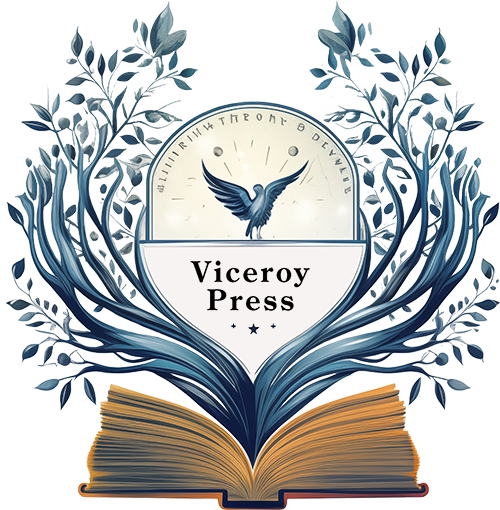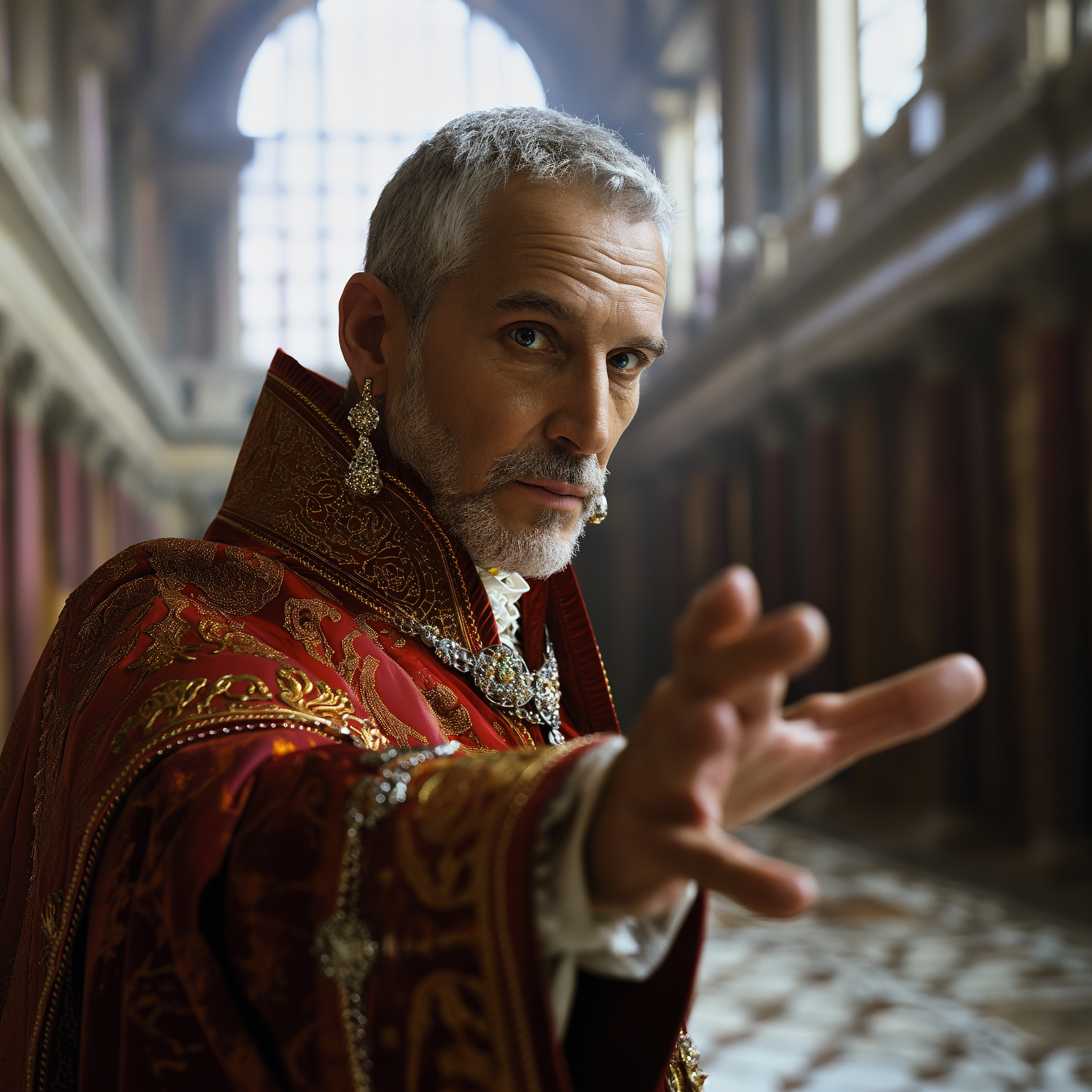
Doom Hunter
Main Characters
Resources and links
-
Before you get to writing one of the books in Doom Hunter, take the time to absorb the information on writing style here.
-
Learn the process for submitting your story.
-
Doom Hunter Overview Page Link
All writers, please go here to familiarize yourselves with the main storyline and feel for the series.
-
All writers, please use this resource to familiarize yourselves with the main characters throughout the series. Your individual book description has its own set of characters included within your book’s outline.
-
This area is a useful resource for Templar and doomsday/apocalyptic history. Feel free to copy and paste any of this information for use within your book.
-
Doom Hunter Book Outline Page Link
Go here to find your book’s outline and characters. Happy writing!
-
If you have any questions or need help, please email me directly with your questions, suggestions, comments, etc. My email address is paul@psaudio.com
The Main Character
Dr. Sarah "Sully" Sullivan, the main protagonist—and the real story in the Doom Hunter series—is a cross between Indiana Jones and Laura Croft, Tomb Raider. She can drink anyone under the table, always up for adventure, fearless in the face of danger. Standing at 34 years of age, Sully embodies a blend of intellectual prowess and physical agility.
Her auburn hair, usually tied in a haphazard bun, frames a face that is both expressive and contemplative, often hidden behind a pair of glasses that she adjusts absentmindedly while lost in thought. Her eyes, reflecting a deep sense of curiosity and intelligence, scan her surroundings with keen observation. Her attire leans towards functional academia; she favors comfortable yet practical clothing that allows her ease of movement, often seen in field-appropriate attire like khakis, breathable shirts, and sturdy boots, necessary for her archeological expeditions.
Despite her aristocratic lineage, she carries an air of approachability but woe to those who underestimates her or challenges her because she’s a woman. Instead of anger, Sully always likes to turn the confrontation into a challenge—a challenge she always wins.
A professor of Archaeology and Comparative Mythology at Tufts University, Her expertise extends beyond archaeology into the realm of symbology, a skill that makes her an invaluable consultant for UNESCO on occasion. Her academic acumen, however, is just the surface of her multi-layered persona.
Raised in an environment of affluence, Sully is the daughter of wealthy aristocrats. However, she eschews the ostentatious display of her privileged background, preferring the rough and tumble instead. Despite her aristocratic lineage, she is more at home in excavation sites, rowdy bars, and grimy backstreets than in high-society gatherings.
When writing her character, think of clever ways Sully can be put to the test and display her Indiana Jones qualities. Think of her in arm wrestling contests with growling men, or drinking contests where she kicks their asses to not just be accepted into the all-male group, but to be somewhat revered and feared.
Sully stops at nothing, and nothing gets in her way. If she had a bullwhip and a hat, she would be a female Indiana Jones—ready for action, not afraid to run when it is needed, nor is she hesitant to throw the first punch.
Her background is a tale of familial dichotomy. While her mother envisioned a life for her filled with societal norms of high-profile marriages and social events, it was her late father, Dr. William III, a professor of archeology, who ignited in her the passion for history, folklore, and scholarly pursuits—as well as her scrappiness and itch to throw the first punch. Her father, though a professor, could often be found in a bar fight. This paternal influence led Sully down the path of becoming a modern-day Laura Croft/Indiana Jones figure, a far cry from the life of charity balls and socialite gatherings her British mother had planned.
Sully's character is not without its vulnerabilities. She suffers from acrophobia and is prone to migraines, weaknesses that humanize her and add depth to her character. Her interests are as varied as her expertise. She finds solace in the company of her loyal golden retriever, Indiana, takes pleasure in antiquarian books, enjoys good whiskey, prides herself in her ability to drink others under the table (particularly men) and partakes in pub trivia nights.
Her moral compass is guided by an insatiable need to spread knowledge and a deep-seated empathy, often masked by her scholarly demeanor. Across the series, Sully's character arc sees her navigating an intricate maze of ethical and moral dilemmas, sharpening her feminist resilience against the gender bias prevalent in her field. Her upbringing among the elite uniquely qualifies her to dissect the patriarchal and elitist tendencies she encounters in her globe-trotting exploits.
Part of the mission for writers is to place Sully in tough situations where the reader cannot imagine how she’ll get out of this one—and when Sully fights or drinks her way out of it, we cheer. This method of placing her in challenging situations—fighting for her right to be accepted as tough and without fear—is the main vehicle for helping the reader know Sully and cheer for her when she gets into these scrapes.
The Tricennial Nexus Cycle
In Book 9, Sully discovers the answers to her late father's notion he titled, The Tricennial Nexus Cycle. This posited that for some strange reason, natural and manmade disasters such as wars, famines, and disease were cyclical. They happened, on average, every 33 years. Why? It was/is Sully's job to find out before the next one occurs. What Sully finally uncovers (in Book 9) is an ancient codex and astrolabe that unravels the mysteries of the Tricennial Nexus Cycle. This cycle, as Sully uncovers, is primarily influenced by a comet, with ensuing ripple effects across historical, celestial, sociological, cultural, and religious domains.
The concept of the Tricennial Nexus Cycle, first proposed by Sully's late father, William the III, presents a compelling case for the interconnectedness of celestial events and earthly phenomena. Her discovery of the codex and astrolabe—ancient instruments of astronomical and navigational significance—provides key insights into the cycle's origins and effects.
Central to the hypothesis is the periodic return of a specific comet, Comet 55P/Tempel-Tuttle, the parent body of the Leonid meteor shower, which has an orbital period of about 33 years. Identified through the codex and astrolabe and recalled by Sully from her father's incessant believe that it might have been celestial born, this comet, with a 33-year orbital cycle, aligns with historical patterns of significant global events. Sully is now convinced that this celestial body's influence extends beyond mere observation, impacting Earth's environmental and sociological patterns of wars, political shifts, and societal transformations that seem to occur in sync with this 33-year celestial rhythm. The writings in the codex echo the theories of historians like Arnold J. Toynbee regarding cyclical patterns in human civilization and the sociological theories of Karl Mannheim, suggesting a generational cycle of approximately 33 years, marked by the emergence of new societal norms and ideologies.
The codex and astrolabe, adorned with symbols from various cultures, also points to the number 33's significance across different religious and cultural contexts. In Christianity, for instance, the age of Jesus Christ at his crucifixion is traditionally considered 33, a number symbolizing transformation and rebirth—a theme recurrent in the cycle.
Environmentally, Sully realizes the Pacific Decadal Oscillation's phases also align with the comet's cycle. These phases significantly impact global weather patterns, suggesting an environmental component to the Tricennial Nexus Cycle. As well.
William Sullivan's death had been mysterious and questionable, shrouded in secrets and unanswered questions. Before his passing, he had shared a haunting secret with Sully. In his study, hidden within a heavily secured safe, lay his most prized possession—an ancient manuscript. It was a fragile parchment scroll filled with cuneiform inscriptions and adorned with intriguing illustrations.
This manuscript held a story—a myth long forgotten by history. It spoke of a series of catastrophic events, each more ominous than the last, and a looming apocalypse that bore an eerie resemblance to the challenges facing the modern world: environmental devastation, political strife, diseases, and the unchecked growth of technology. It was as if all the apocalyptic stories together were somehow combined—as if the author had known what was about to happen to us today.
Now, Sully is on a mission to help save the planet from its headlong rush into doomsday.
Sarah “Sully” Sullivan.
Doom Hunter.
Antagonists
Every gripping tale hinges on the presence of a formidable antagonist, the unseen engine driving the narrative's momentum. It's the antagonistic force, whether personified in a single, memorable villain or manifested as a broader entity, that catalyzes the protagonist's journey, shaping them through conflict and adversity. In the dance of storytelling, the antagonist leads, challenging, thwarting, and thus compelling the hero to evolve. This opposition crafts the depth and complexity essential in a riveting story, providing the vital tension that keeps readers ensnared. It’s the darkness against which the hero's light shines brightest, the tempest that tests and ultimately reveals the strength of the protagonist. Great antagonists embody the challenges we all face, giving stories their universal appeal. They are not mere hurdles to be overcome; they are mirrors reflecting the hero's (and humanity's) potential for growth, making them indispensable in the art of storytelling.
Order of The Covenant antagonists
In each Book there is a specific book antagonist and then in every book in the series, an overarching antagonist that should always be part of the story. The most effective means of presenting the series antagonist is to cleverly intertwine—or even marry the two antagonists to generate the tension and suspense the series demands.
(With a cautionary note: too many characters can become confusing top the reader. Stay with this group of villains only if it helps the story)
Series antagonist background
A covert sect within the Vatican, they view themselves as the Templars' spiritual successors. Their mission is to guard secrets that could upend the tenets of Christianity.
The shadowy organization we will have as part of each of the ten books in the Order of The Covenant series, known as the Order of the True Covenant, operates from within the veiled corridors of the Vatican, where they serve as self-proclaimed spiritual successors to the Knights Templar. They are the vigilant guardians of secrets so profound that their revelation could shake the very pillars of Christianity.
As mentioned in the summary, they are conflicted. On the one hand, they are threatened by Sully. On the other hand, they too want to find the secrets of the Templars they have been unable to locate, and Sully seems more successful than they have been, so it is a balancing act between keeping her quiet and her discoveries from becoming public and giving her just enough rope to find the last of the secrets before they kill her and erase the evidence.
Cardinal Giovanni Malatesta
The central figure of the shadowy Order of the True Covenant in the "Order of The Covenant" series, Malatesta is a complex character. He leads this organization, which is based within the secretive hallways of the Vatican, positioning itself as the spiritual successor to the Knights Templar. The Order guards secrets that, if revealed, could disrupt the foundations of Christianity.
Malatesta's character is defined by his dual nature. On one hand, he views himself as a protector of the Church, carrying out what he believes to be a divine duty to guard profound secrets. On the other hand, he faces a moral and strategic dilemma with the protagonist, Sully. Sully's quest to uncover the Templars' secrets both threatens and intrigues Malatesta. While he aims to keep her findings from going public, he is also tempted to use her discoveries for the Order's benefit before ultimately planning to eliminate her and hide the evidence.
Malatesta's physical appearance reinforces his authoritative nature. His silver hair stands in stark contrast to his cold, blue eyes, which are said to penetrate one's soul.
His charisma and conviction in his mission make him a persuasive and respected leader among his followers. This combination of traits – his commitment to the Church, his strategic cunning, and his charismatic leadership – makes him a formidable antagonist in the series. His actions and decisions are driven by a complex mix of faith, fear of the unknown, and a desire to maintain control over the Church's secrets.
Father Damien
A central character in the "Order of The Covenant" series, represents a unique blend of spiritual devotion and military prowess. As a member of the Order of the True Covenant, his role is pivotal in the balance of power and the unfolding narrative across the series.
Before joining the priesthood, Damien had a significant career in the military. This experience shaped him into a man of discipline, strategy, and strength. His time in the military was not just a job; it was a period of intense personal growth and development. He faced numerous challenges and perhaps moral dilemmas that forged his character. This background makes him uniquely suited to his role within the Order, where he can apply his tactical acumen in service of a higher, spiritual cause.
In joining the priesthood and the Order, Damien did not abandon his military skills; instead, he adapted them to his new calling. His physical prowess and strategic thinking are now tools he uses to protect the Order's secrets and further its mission. As a warrior priest, he embodies the Order's dual nature of being both protectors of faith and guardians of hidden truths.
Damien's demeanor reflects his complex identity. To the outside world, he presents the solemnity and calmness expected of a priest. However, those who know him or observe him closely can see the alertness and readiness of a soldier in his eyes. He is always assessing his surroundings, ready to act when needed. This sharpness and vigilance might sometimes conflict with the more compassionate and peaceful aspects of his priestly duties.
His motivations are deeply intertwined with his faith and his past. Damien might see his role in the Order as a continuation of his service, a way to use his skills for a greater, divine purpose. However, his military background could also be a source of internal conflict, especially when the Order's actions tread moral gray areas. Damien's character arc through the series likely explores this tension between his past and present, his faith and his skills as a soldier, and how he reconciles these aspects of his identity in the face of the challenges posed by Sully and the secrets of the Templars.
The Mysterious Prelate:
A feared figure within the Order of the True Covenant, is shrouded in both reverence and fear. Known only as The Prelate, his true name and origins remain cloaked in secrecy, a deliberate act to maintain his mystique and effectiveness within the Order.
Backstory:
Born into a devout family deeply connected to the Church, The Prelate was identified early for his exceptional intellect and unwavering faith. His upbringing was rigorous, steeped in religious doctrine and discipline. He was trained in various ancient languages and scriptures, providing him with a profound understanding of religious history and theology.
As a young man, he became fascinated with the more esoteric and mystical aspects of faith. This interest led him to the hidden archives of the Church, where he discovered texts and artifacts of forgotten sects and orders. His studies revealed to him a world where faith intersected with power and secrecy, ultimately leading him to the Order of the True Covenant.
Role within the Order:
The Prelate is neither a conventional priest nor a typical warrior; he is a unique amalgamation of both. He serves as the Order's enforcer and assassin, a role he believes is sanctified by his devotion to the Church. His mission is to eliminate any threats to the Church's dominion and to guard its most sacred and dangerous secrets.
Motivations and Desires:
The Prelate is driven by a deep-seated belief in the divine right of the Church to wield power and control knowledge. He views his actions, no matter how extreme, as justified in the service of a higher purpose. His desire is not for personal glory or power but for the preservation and supremacy of the Church.
His discovery of Sully's work and her investigations into the Templar secrets pose a significant threat in his eyes. To him, Sully's endeavors are not just challenges to the established order but are sacrilegious acts that could undermine the very foundations of the Church. He sees her as a key target, someone whose silence is crucial to the preservation of the status quo.
Personality and Skills:
The Prelate is a man of few words, often maintaining a vow of silence. He communicates through his actions and the intensity of his gaze. He possesses an almost otherworldly calmness, a result of his deep faith and disciplined life.
Skilled in both combat and the use of ancient religious artifacts, The Prelate is a formidable opponent. His knowledge of religious texts and artifacts also makes him a master strategist, capable of deciphering cryptic clues and navigating the murky waters of religious and historical intrigue.







